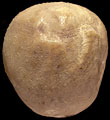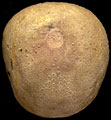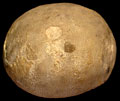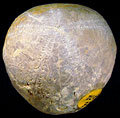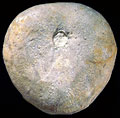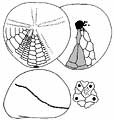The Echinoid Directory
Ornithaster Cotteau, 1887, p. 710
| Diagnostic Features |
|
|---|---|
| Distribution | Upper Cretaceous (Campanian-Maastrichtian) to Palaeocene. (Danian); Europe, former SSU, North Africa, Greenland, Japan. |
| Name gender | masculine |
| Type | Ornithaster evaristei Cotteau, 1886, p. 72, by original designation. |
| Species Included |
|
| Classification and/or Status |
|
| Remarks |
|
